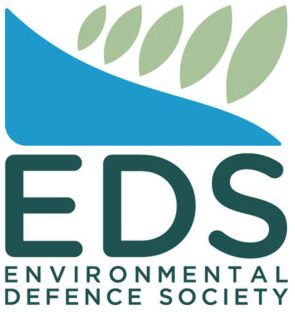Council Welcomes PCE's Alt-F Reset Report
Gisborne District Council welcomes the Parliamentary Commissioner for the Environment’s (PCE) Alt-F Reset report released today, which looks at New Zealand’s reliance on radiata pine forestry and the long-term risks that come with it.
Many of the issues raised reflect the challenges Council have already been working to tackle here in Tairāwhiti.
Mayor Rehette Stoltz said the PCE's report supports the need for a diversifying land-use in the region and sustainable approaches to forestry harvesting.
“The report makes it clear that a one-size-fits-all forestry model isn’t working. Here in Tairāwhiti, we’ve seen first-hand the problems caused by planting on erosion-prone land.
“Pine will continue to play a key role in our region’s economy, but relying too heavily on one species creates real environmental and economic risks. In erosion-prone areas, the impacts of current clear-fell practices are too severe to ignore.”
Council has increasingly stepped up its efforts to support the region’s transition to more sustainable land uses, recognising the urgent need to respond to erosion-prone landscapes and the long-term wellbeing of communities across Tairāwhiti.
“Our rohe has unique environmental vulnerabilities, and we can no longer afford to do things the way they’ve always been done,” says Mayor Rehette Stoltz.
“Council have been working with our communities, industry partners and mana whenua to look for better, more lasting land use options that protect both people and the environment.”
Key initiatives currently underway include:
- Transition Advisory Group (TAG): Formed in response to the Ministerial Inquiry into Land Use in Tairāwhiti, TAG is shaping comprehensive Transition Guidelines and a Business Case for investment to transition high-risk land to more suitable and enduring vegetation cover.
- Land Overlay 3B Mapping: Before Cyclone Gabrielle, Council collaborated with stakeholders to map landslide-prone areas using scientific data. The aim is to determine land where forestry is no longer suitable and reversion to permanent, sustainable vegetation is required.
- Forestry Plan Change Collaboration: Council are developing provisions for managing forestry activities on risky, erosion-prone land, informed through discussions on Ūawa Catchment Pilot that involves mana whenua, community, landowners and industry.
- Standard Forestry Harvest Conditions: Introduction of new standard forestry consent conditions for harvest, developed after more than a year of collaboration and consultation with industry stakeholders.
Looking ahead, Council remains focused on:
- Advocating for Emissions Trading Scheme (ETS) reforms that prioritise sustainable land use and equity for Māori landowners.
- Promoting alternative forestry models such as continuous cover forestry, agroforestry and native planting that reflect both the ecological and cultural context of Tairāwhiti.
- Strengthening partnerships with iwi, hapū and industry to co-develop solutions that are locally-led and future-fit.
“We see the Alt-F Reset report as reinforcing the underlying principles of the multiple streams of work we are progressing,” says Mayor Stoltz. “It confirms the importance of doing better by our whenua, our people for the future.”


 Gordon Campbell: On Peter Dutton’s Fading Election Prospects.
Gordon Campbell: On Peter Dutton’s Fading Election Prospects. Parliamentary Commissioner For The Environment: Are We Planting The Forests We Need?
Parliamentary Commissioner For The Environment: Are We Planting The Forests We Need? Te Uru Kahika: Environment Report Demonstrates Critical Role Of Regional Science In New Zealand’s Future
Te Uru Kahika: Environment Report Demonstrates Critical Role Of Regional Science In New Zealand’s Future NZCTU: Transformative Policy Vision For Aotearoa
NZCTU: Transformative Policy Vision For Aotearoa Sensible Sentencing Trust: Greens Claim Intellectual Property Rights And Demand Changes To “Defund The Police” Billboards
Sensible Sentencing Trust: Greens Claim Intellectual Property Rights And Demand Changes To “Defund The Police” Billboards Te Pūtahitanga o Te Waipounamu: New Research Finds Dumped South Island Whānau Ora Agency An Exemplar Of Effective, Community-Led Public Service Delivery
Te Pūtahitanga o Te Waipounamu: New Research Finds Dumped South Island Whānau Ora Agency An Exemplar Of Effective, Community-Led Public Service Delivery NZ Nurses Organisation: Nurses’ Union Backs Call To Scrap Anti-Treaty Bill
NZ Nurses Organisation: Nurses’ Union Backs Call To Scrap Anti-Treaty Bill


